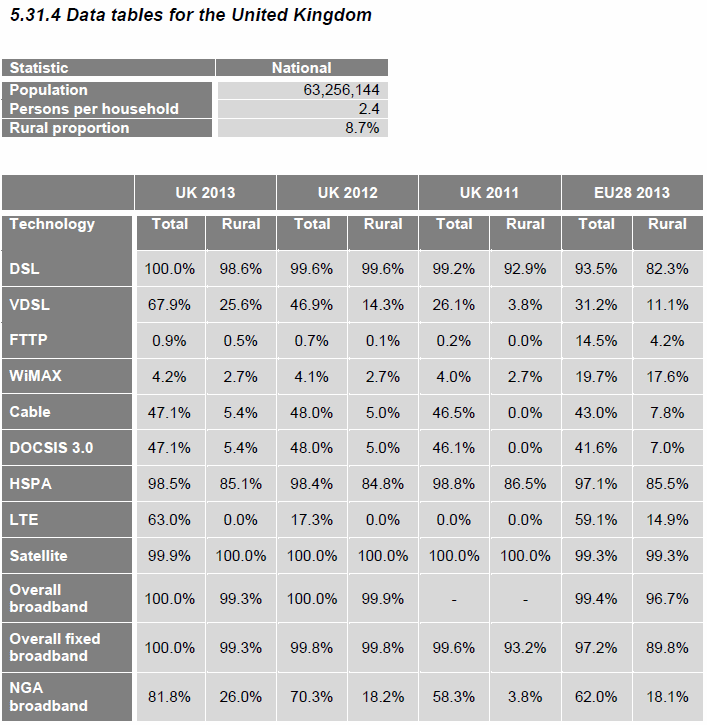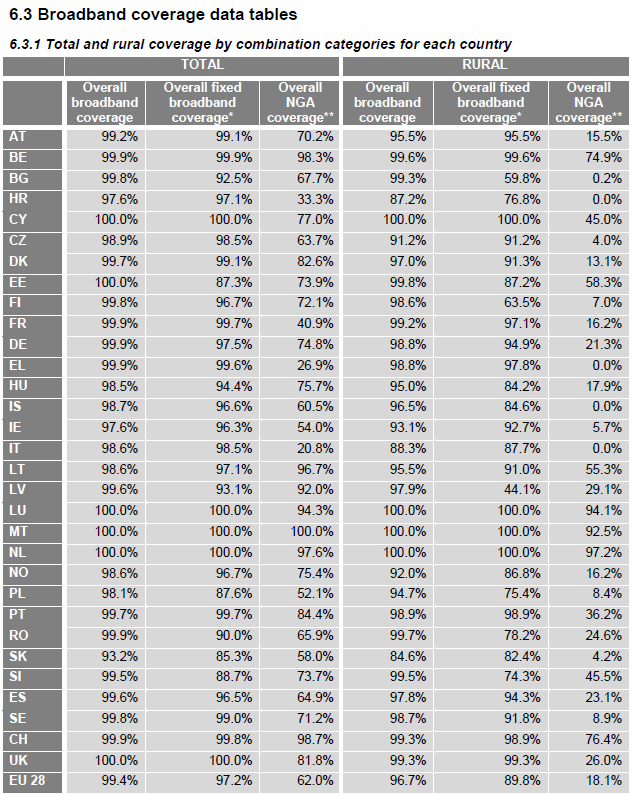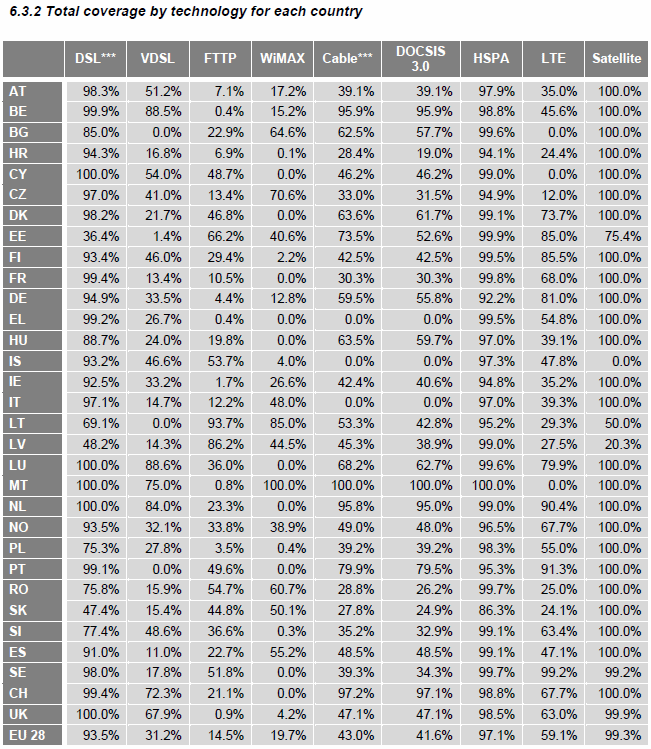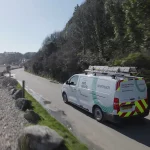Digital Agenda Publishes 2014 Study on Broadband Coverage in Europe
The European Commission has published its annual report into the coverage of superfast broadband (Next Generation Access) services around the EU, which again shows that the United Kingdom is making good progress on 30Mbps+ capable Next Gen (NGA) service delivery but still lags miles behind most other EU28 countries in terms of pure fibre optic connectivity (FTTH/P/B).
The EU’s report, which appears to offer a wider perspective of the continent than last week’s similar Ofcom study (here), is sadly also based on older data to the end of 2013 and so does not factor in all the progress that has been made throughout 2014. Similarly the service speed data is based on predictions of performance as a reflection of underlying availability, which usually tend to give a more optimistic result than real-world experiences.
Advertisement
As a quick reminder, Europe’s Digital Agenda wants all member states to make speeds of 30Mbps+ available to 100% of households by 2020 (with 50% subscribed to a 100Mbps+ capable service). By comparison the Broadband Delivery UK scheme has yet to define its 100% goal, although they do aim to make fixed line superfast broadband available to 95% by 2017 (99% by 2018 if you include mobile/wireless solutions).
Crucially the UK’s definition of “superfast” is currently just 24Mbps+, although BDUK has previously told ISPreview.co.uk about how they expect that future NGA network enhancements (e.g. Vectoring on FTTC lines) will help to make the 30Mbps+ EU target achievable by 2020.
The UK also has a general commitment to make a minimum download speed of 2Mbps available to everybody by early 2016, although BDUK currently appears inclined to mirror last years EU move by plugging some of the holes via inferior Satellite technology from BT. However we haven’t seen an affordable Satellite product from BT in years and there are many other satellite ISPs in the UK that might be a better fit, which should not be ignored (this is perhaps because BT has already secured the related USC/2Mbps subsidy).
The full report can be read here and there’s also a separate study of retail broadband prices around the EU here, but to save everybody some time we’ve linked a few of the more interesting data tables and comparisons below.
Advertisement




Advertisement
Mark is a professional technology writer, IT consultant and computer engineer from Dorset (England), he also founded ISPreview in 1999 and enjoys analysing the latest telecoms and broadband developments. Find me on X (Twitter), Mastodon, Facebook, BlueSky, Threads.net and Linkedin.
« Broadband Connection Vouchers Tweaked to Help Firms with Multiple Premises
Ofcom UK Appoints HM Treasury’s Sharon White to CEO Role »

















































Comments are closed